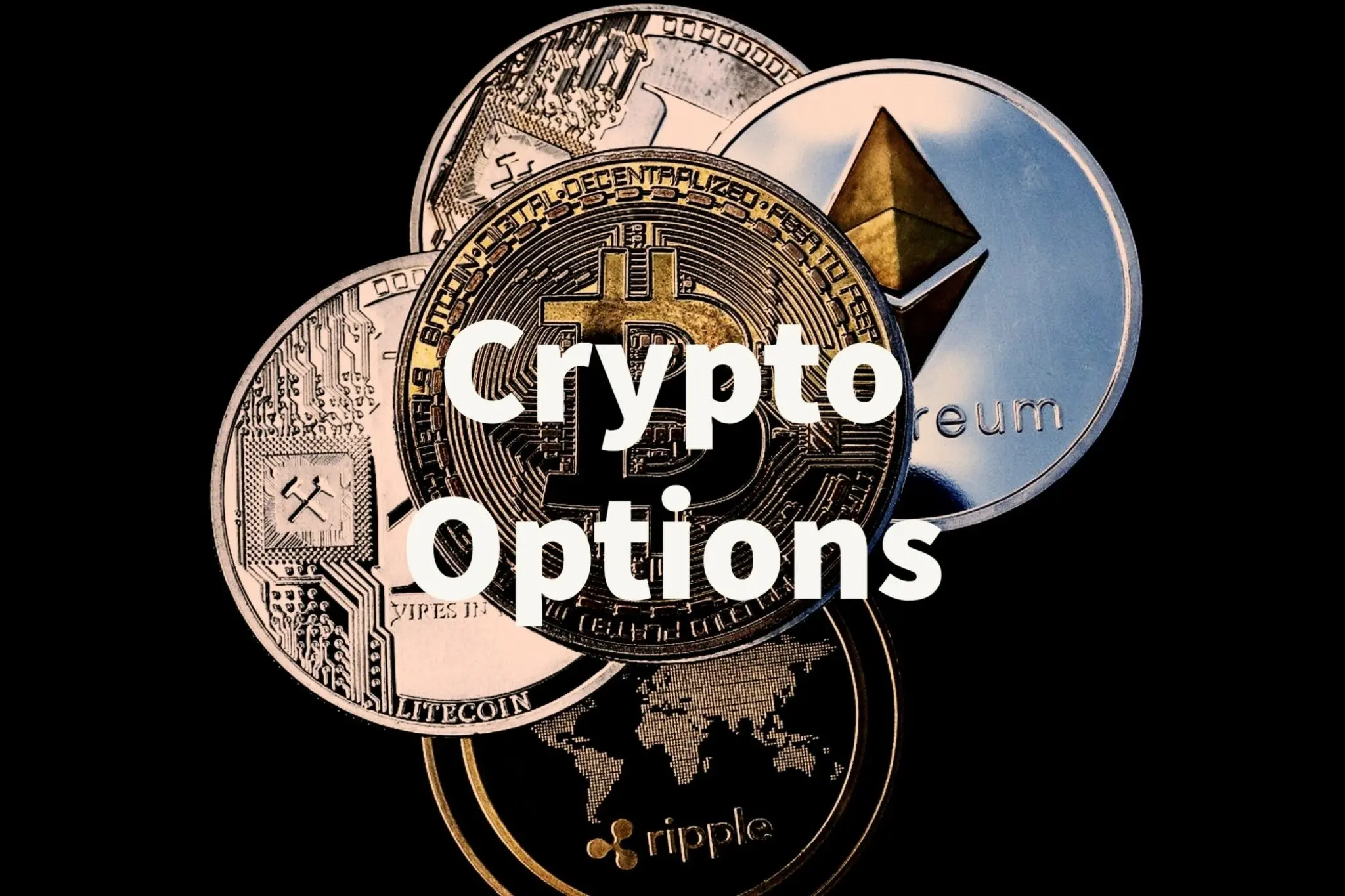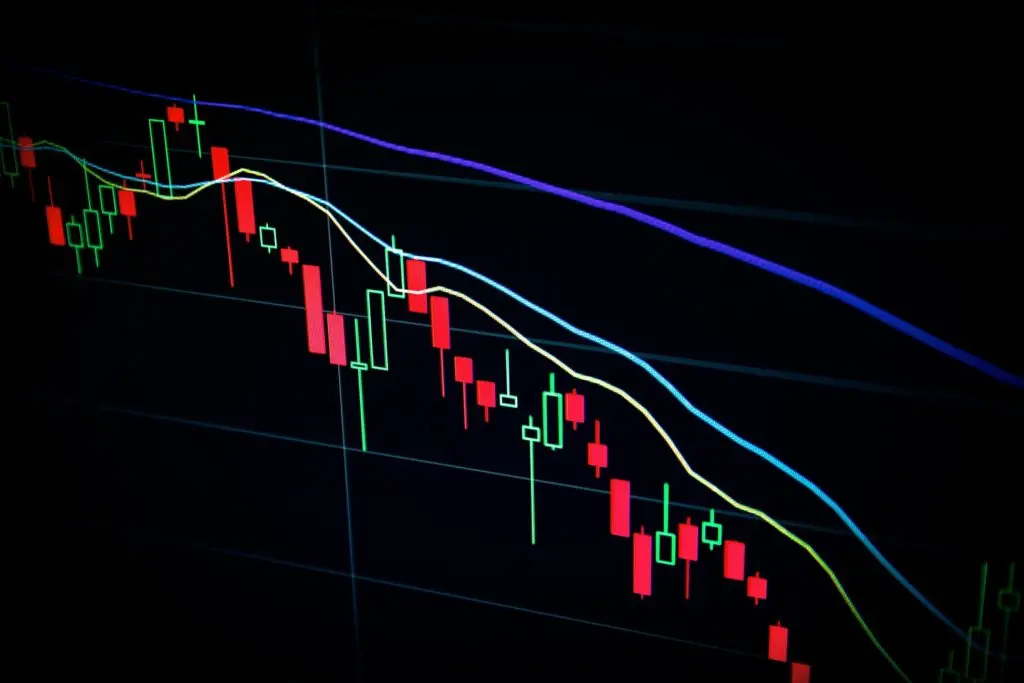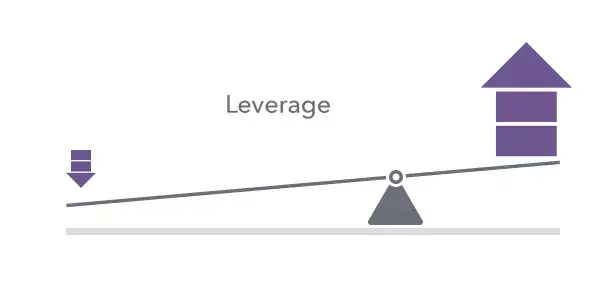Understanding the differences between crypto options and traditional options can open up new trading opportunities for you.
Crypto options offer the potential for high returns due to the volatility of digital assets, while traditional options are typically seen as a safer investment in more stable markets.
Both types of options provide unique advantages and risks, which can be critical in determining the right fit for your investment strategy.
When you delve into cryptocurrency options, you’re exploring an evolving market with dynamic changes. This presents both excitement and uncertainty.
Traditional options are usually more familiar and governed by established regulations, which might appeal to those who prefer predictability.
Regardless of your preference, knowing the fundamental distinctions will help you make informed decisions.
Engaging in either market requires careful consideration of your risk tolerance and financial goals.
By examining the key characteristics of each option type, you can decide which one aligns better with your trading preferences.
Whether you’re drawn to the high stakes of crypto or the steadiness of traditional options, gaining insight into each will prepare you for smarter investments.
Understanding Options Trading

Options trading involves contracts that allow you to buy or sell an asset at a predetermined price.
Basics of Options
Options give you the right, but not the obligation, to buy or sell an asset at a specified price within a set time frame.
They are classified into two main types: calls and puts.
A call option allows you to buy, while a put option lets you sell.
These instruments are popular for hedging risks or for speculation.
Unlike stocks, options have an expiration date, after which they become void if not exercised.
For traders, understanding the basics is critical, as the risk and potential strategies differ from regular asset trades.
Types of Options
There are several options types, each with unique characteristics.
European options can only be exercised at expiration, while American options can be exercised anytime before expiration.
Exotic options, like barrier and Asian options, come with more complicated conditions and payout structures.
Crypto options tend to have long trading hours, including weekends, unlike traditional markets.
Knowing these variations and when they are used helps you tailor your strategy to suit your needs and market expectations.
Options Terminology
A few key terms are essential when discussing options: strike price, premium, and expiration date.
The strike price is the price at which you can buy or sell the underlying asset.
Premium is the cost of purchasing the option itself, essentially representing the cost of the right to trade the asset.
The expiration date indicates when the option must be exercised by, or it will become worthless.
Understanding these terms allows you to navigate the options market with greater confidence.
Whether you’re dealing with stocks or cryptocurrencies, familiarizing yourself with these terms is vital to making informed decisions.
Introduction to Crypto Options
Crypto options offer a way to trade cryptocurrencies without directly holding them. Understanding what they are and how they function is key to using them effectively.
What Are Crypto Options?
Crypto options are contracts that give you the right, but not the obligation, to buy or sell a cryptocurrency at a specified price before a certain date.
They allow you to speculate on future price movements and can be used for hedging.
These contracts come in two types: calls and puts. Call options allow you to buy crypto, while put options let you sell it.
Crypto options provide flexibility. You can profit from price changes without owning the cryptocurrency. This makes them attractive for traders looking to limit risk while gaining exposure to crypto markets.
How Crypto Options Work
Crypto options markets are open 24/7. They are traded on platforms designed for cryptocurrency assets.
Each option contract specifies the strike price where the trade can occur, and an expiration date by which the contract must be used.
When buying a call option, you pay a premium to gain the right to purchase the crypto at the strike price. If the market price rises above this, you profit.
Conversely, put options let you sell if the market price falls below the strike.
Understanding how premiums, strike prices, and expiration dates interact is crucial. This helps you choose options that suit your investment goals and risk tolerance.
Differences in Underlying Assets
Crypto options and traditional options differ significantly in terms of their underlying assets. Cryptocurrencies bring unique challenges due to their high volatility and the 24/7 nature of the market, offering a distinct environment compared to traditional financial assets.
Asset Volatility

Cryptocurrencies are known for their high volatility. Price swings can be significant and happen quickly.
Bitcoin, for example, can rise or fall several percentage points in a single day.
This level of volatility is unusual in traditional markets where assets like stocks or bonds have more stable price movements.
Traditional assets, like company stocks, tend to be more predictable. Their value changes are often tied to broader economic factors or company performance reports.
With crypto options, you need to be prepared for unexpected sharp price shifts. Understanding and managing this volatility is crucial if you choose to trade in crypto assets.
Market Hours
Crypto markets operate continuously, meaning you can trade or monitor assets at any time, day or night. This presents both opportunities and challenges, as price changes can occur rapidly outside of typical trading hours.
Your strategies may need to adjust to these unique conditions.
Meanwhile, traditional options typically follow stock market hours, which are more limited. Most trading occurs during the day, when markets are open, and pauses over weekends and holidays.
This creates more predictable scenarios, allowing traders to analyze and respond within set schedules. Your experience in handling market hours will differ greatly between these two environments.
Trading Platforms and Execution
When trading options, the platform you use plays a crucial role in your experience. The choice between crypto and traditional platforms impacts the tools available, the user experience, and the execution of trades. Understanding these differences can guide you toward a platform that best suits your needs.
Crypto Trading Platforms
Crypto trading platforms are evolving rapidly. These platforms often include smart contracts that allow for decentralized finance (DeFi) options, which can be more flexible.
You might find features like real-time trading analytics, automated trading bots, and direct wallet integrations.
The use of blockchain technology provides transparency and security in crypto trading platforms. They are available 24/7, which is unique compared to traditional markets.
Fees can vary greatly, and they depend on the platform you select.
Some popular crypto platforms are Binance, Kraken, and BitMEX.
These platforms support a range of digital assets, giving you the ability to trade a variety of cryptocurrencies.
Keep in mind that trading volumes and liquidity can fluctuate, impacting your trade execution speed.
Traditional Trading Platforms
Traditional trading platforms have been around for decades. They often provide robust tools for technical and fundamental analysis.
Many platforms offer features like option chains, risk analysis tools, and detailed market data.
They might not operate around the clock, often closing during night hours and weekends.
You are more likely to find standardized options contracts here, which can help in making comparisons easier.
Fees are typically structured on a per-contract basis.
Well-known platforms like E*TRADE, TD Ameritrade, and Charles Schwab frequently offer resources for learning and research.
If you’re dealing with conventional assets, you should consider factors such as regulatory oversight, which is often stringent, offering added protections.
Understanding Risk and Leverage

When choosing between crypto options and traditional options, you need to consider the risk and leverage factors. Both types offer unique ways to handle investments, but their strategies and impacts on your trading may differ significantly.
Crypto Options Risks
Crypto options are known for their high volatility. Prices in the crypto market can change rapidly, which means the value of crypto options can swing widely.
This can lead to big profits, but it also means you might face large losses.
Leverage in crypto options allows you to control a larger position with a small amount of money, but it increases the potential for risk.
If the market moves against your position, losses can exceed your initial investment.
Also, the technology behind cryptocurrencies can be complex. You need to understand digital wallets and blockchain security to manage your investments safely. Beware of exchange hacks and fraud as well.
Traditional Options Risks
Traditional options deal with stocks, indexes, or other tangible assets. Risks in this market are usually more predictable than in crypto.
You still face volatility, especially with certain stocks, but it’s often less extreme than in crypto markets.
Leverage is also a key part of traditional options. You can control shares of stock or other assets with a smaller investment.
The losses can still be significant, but they are generally bound by the market’s movements, which tend to be less erratic than in the cryptocurrency world.
Familiar financial regulations offer a layer of protection, which might make traditional options seem safer to some.
Pricing Models and Valuation
In pricing options, both crypto and traditional options have unique factors to consider. Crypto options often involve more volatility, while traditional options rely on established models like Black-Scholes.
Crypto Options Valuation
When valuing crypto options, high volatility and market dynamics are key factors. Due to fluctuating prices, models must account for significant price shifts.
The Black-Scholes model is still popular, but it is often adjusted for crypto assets. Analysts may modify volatility inputs to better suit the unpredictable nature of cryptocurrencies.
Risk-neutral valuation is another method used. It estimates the likelihood of different price levels being reached.
You will often see implied volatility as a quote, showing market expectations of future price swings.
Traditional Options Pricing
Traditional options pricing primarily relies on established models like the Black-Scholes.
It calculates option prices based on known factors like the underlying asset’s price, strike price, time to expiration, and interest rates.
These models assume more stability in asset prices.
The Binomial Option Pricing Model is another method that uses a step-by-step time frame to value options, allowing adjustments for changes over time.
Traders and investors use these models for their reliability. They’re often supported with historical data, making them dependable for long-term planning.
Contract Specifications
When comparing crypto and traditional options, the way contracts are structured can be quite different. Key elements include contract sizes and expiration dates, which influence how options are used and managed.
Contract Sizes
In traditional options, contracts typically have standard sizes. For example, a stock option usually represents 100 shares of the underlying asset.
This standardization makes trading more predictable and liquid.
Crypto options, though, often come with more varied sizes. They can be tailored or custom-sized based on different factors such as the exchange offering them.
This flexibility allows for greater customization to fit the needs of different traders, but it might also introduce variations that require careful assessment when evaluating contracts, especially if you are used to more standardized sizes in the traditional market.
Expiration Dates
Expiration dates in options contracts define when the contract ends.
In traditional options, these dates are fixed, typically monthly or quarterly, offering a predictable schedule for traders.
On the other hand, crypto options can have more flexible expiration dates. Some are aligned with specific market events or timelines, making them less standardized.
For traders, this means more opportunities to match investment strategies with timely events, but it also requires more vigilance in managing options portfolios to align with varying schedules.
Regulatory Landscape
Understanding the regulation of crypto and traditional options is crucial. The rules for crypto options are often unclear and vary across regions, while traditional options are well-regulated, providing more stability and protection for investors.
Crypto Options Regulation
Crypto options exist in a less defined regulatory space.
For instance, some regions see crypto options as financial products, while others do not. Even when regulations exist, they often vary widely by country or state. This can create uncertainty in markets.
Many governments are working towards regulatory frameworks for digital assets, but progress is uneven.
Without consistent regulations, crypto options can carry increased risk for investors. Be prepared for an environment that can change rapidly as laws evolve.
Traditional Options Regulation
Traditional options operate in a regulated environment. In the United States, the Securities and Exchange Commission (SEC) and the Commodity Futures Trading Commission (CFTC) oversee these markets.
These organizations ensure fair practices and protect investors by enforcing strict compliance and transparency requirements.
This stable regulatory framework provides investors with confidence. Rules have been in place for decades, contributing to a well-understood and consistent market.
Unlike crypto options, you benefit from established legal protections and dispute resolution mechanisms in traditional options trading.
Liquidity and Market Depth
In the world of trading, liquidity and market depth are key concepts that influence how easily you can buy or sell options.
Crypto Market Liquidity
Crypto market liquidity refers to how quickly and easily assets can be traded without causing significant price changes. This is crucial because high liquidity means you can enter and exit positions with minimal impact on the asset’s price.
In crypto, market makers and advanced technologies like liquidity as a service help provide liquidity.
The decentralized nature of crypto can lead to varying liquidity levels. Market makers are essential in providing liquidity by constantly offering to buy and sell assets, ensuring stable prices.
Price stability is important to prevent excessive volatility, which can be common in highly traded cryptocurrencies like Bitcoin and Ethereum.
Options Market Liquidity
Options market liquidity is vital for efficient trading. In traditional options markets, liquidity is usually higher due to the established nature of the market and involvement of major financial institutions.
High liquidity allows you to quickly execute trades, which is important for managing risk.
Market depth in options depends on the number of available buy and sell orders at various price levels. Greater depth indicates a healthier market.
Market makers play a significant role in traditional options, providing liquidity and ensuring that prices remain stable.
When liquidity is high, it reduces the bid-ask spread, leading to better trading conditions for traders.
Investor Profiles and Market Participants
Both crypto options and traditional options involve a range of diverse investors and market participants. Understanding the types of participants in these markets helps you see how they operate and the factors influencing their decisions.
Crypto Investors
Crypto investors often include tech-savvy individuals and organizations willing to take on higher risk for the potential of significant returns.
You might find individuals who are enthusiastic about blockchain technology or who believe strongly in decentralized finance.
Institutional participants, like hedge funds, have started to show interest due to the high volatility and potential for large gains.
Retail investors, who may have limited financial expertise, also participate in crypto markets. They might be attracted by the allure of high returns, although this sometimes comes with a steep learning curve and risk.
Overall, crypto investors tend to be more risk-tolerant, a reflection of the volatile nature of the crypto markets.
Traditional Market Players
Participants in traditional options markets are often larger and more established. These include institutional investors like mutual funds, investment banks, and insurance companies.
Such players usually have a lower risk tolerance compared to their crypto counterparts due to stringent regulatory standards and capital preservation strategies.
Retail investors are also present, but they usually possess a broader understanding of financial instruments.
You will often see individuals who use options for hedging purposes or to generate additional income.
The participants in traditional markets tend to have a long-term focus and rely heavily on stable returns.
Potential Returns and Payout Structures
In the world of options, both crypto and traditional types offer different potential returns and payout structures. Understanding these differences can help make informed investment choices.
Crypto Options Returns
Crypto options offer the possibility of high returns. They are tied to cryptocurrencies, which can experience significant price swings.
If you predict the market movement correctly, you could see large profits.
These options are attractive to investors looking for quick gains due to the volatile nature of the crypto market.
Flexibility is a key feature of crypto options. You can choose from various strategies to either maximize gains or limit losses.
This flexibility allows you to tailor investments to your risk tolerance.
High risk often comes with the chance for high reward, but it’s important to be aware of the market’s unpredictability.
Traditional Options Payouts
Traditional options are linked to assets like stocks or commodities. They tend to offer more predictable and stable returns compared to crypto options.
The risks are generally lower, and potential gains are often smaller as well.
The typical payout structure for traditional options gives you the right, but not the obligation, to buy or sell an asset at a fixed price.
This structure allows investors to manage risk effectively.
Call options and put options are common instruments, each with unique benefits in various market conditions.
By choosing the right strategy, you can leverage these tools to secure profits or protect against losses.
Frequently Asked Questions
Explore the key differences between cryptocurrency options and traditional options. Gain insights into their risk profiles, market conditions, and regulatory considerations.
What are the main differences between cryptocurrency options and stock options?
Cryptocurrency options focus on digital assets like Bitcoin and Ethereum, while stock options are linked to company stocks.
Crypto options often have higher volatility and are less influenced by earnings reports or dividend distributions compared to stock options.
How does the risk profile of cryptocurrency options compare to traditional options?
Cryptocurrency options can be riskier due to their extreme price volatility and lack of historical data. Traditional options often come with more predictable patterns and established market behaviors, which can help in assessing risk better.
Can you explain the difference between binary options and traditional financial options?
Binary options result in a fixed payout or nothing at all, based on a yes/no proposition. Traditional financial options give you the right, but not the obligation, to buy or sell an asset at a specified price before or on a certain date.
What are some key factors to consider when choosing between crypto options and traditional options trading?
Consider the volatility of the asset, potential for high returns, and your risk tolerance.
Crypto options may offer greater profit potential, but traditional options provide more stability and regulated environments.
How do market liquidity and volatility differ between crypto options markets and traditional options markets?
Crypto options markets often experience lower liquidity and higher volatility compared to traditional markets. This can lead to larger price swings and make it more challenging to execute trades efficiently.
What are the regulatory considerations for trading crypto options versus traditional options?
Crypto options face less regulatory scrutiny, which can pose risks related to market manipulation and fraud.
Traditional options are typically subject to stricter regulations, offering more legal protections for traders.
